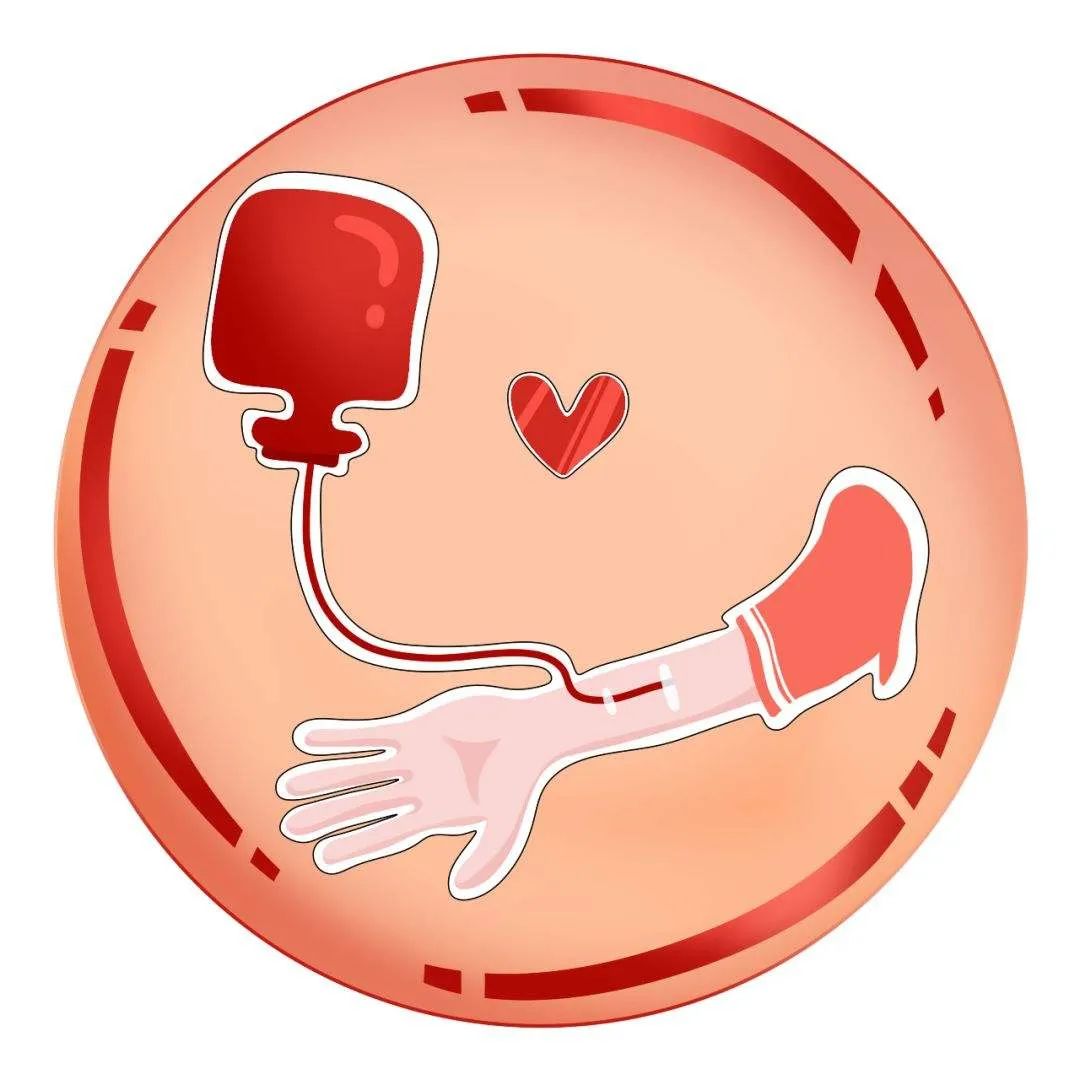

 Now Location:Home--News Center--Company News
Now Location:Home--News Center--Company News
Pioneer in China's transplantation, blood transfusion, immune genetic molecular diagnosis
In current clinical treatment, especially for some patients with hematological diseases or tumors, due to the need for multiple platelet transfusions during treatment, clinical doctors are encountering more and more patients with ineffective platelet transfusions, which brings great difficulties to their clinical treatment, and even leads to the situation of exchanging plasma for patients. With the establishment of a gene database for platelet fixed donors in the national blood station system, new approaches have been provided to address these clinical challenges.
The following is a typical case of a recent clinical use of local blood station platelet fixed donor gene database to solve an infusion failure encountered in clinical practice
Patient: Fan Gender: Male Age: 65 years old
Overview of the condition:
The patient was diagnosed with acute myeloid leukemia for over a year, and after 7 cycles of chemotherapy, they were in a complete remission state. Recently (about two months), they did not use special drugs such as chemotherapy. During the previous chemotherapy period, they received transfusions of red blood cells, platelets, and plasma. In the past half month, their blood count has gradually decreased, and the effect of platelet transfusion is poor. The patient has multiple bleeding points throughout the body, especially in the lower limbs. Test positive for platelet autoantibodies.
blood group:
ABO blood group:AB RhD (+)
DS A:A*03:01, B*15:12 ,B*82:01(Specificity)
A3, B76,B82(Serotype)
February 11, 2020: Apply for special blood supply for Xiaogen
February 12, 2020: Screening from existing platelet banks.
Target donor information: Male AB
HLA Typing:A*ll/ A*02s B*13/ B*13
Measure: Recruiting blood donors

Donor1: A:03,11 B:40,51
Donor2:A:24,66 B:07,49
Donor3:A:24,24 B:27,40
Donor4:A:01,03 B:15,58
Input process and effect evaluation:
After blood transfusion, platelet count at lh: 76 X 107L After blood transfusion, 24-hour platelet count: 53 X 107L After blood transfusion, platelet count at 84 hours: 52X 107L | 1h CCI = 23530/ul >7500/ul 24hCCI = 15200/ul >4500/ul 3. Platelet recovery rate (PPR), also known as platelet recovery percentage (%) 1h PPR = 63.7% >30% 24h PPR = 41. 16% >20% |
HLA and HPA are both complex antigen systems, and the types of HLA and HPA antigens carried by each donor's platelets may vary. The more times a patient receives platelet transfusions, the more likely they are to be exposed to the same type and quantity of HLA and HPA antigens, which stimulates the body to produce more types and quantities of antibodies. This can lead to the production of antibodies against multiple types of HLA and HPA, resulting in ineffective platelet transfusion (PTR). Genotyping testing of patients and voluntary platelet donors, establishing a database of known genotypes of platelet donors, and providing patients with HLA, HPA, and ABO matched platelets can reduce the occurrence of platelet transfusion failure (PTR) (reduce the production of new antibodies), improve platelet utilization efficiency, and contribute to patient treatment and rehabilitation. Platelet gene matching infusion is currently the optimal infusion plan for platelet transfusion.
Jiangsu Weihe Biotechnology Co., Ltd. established the Heart Health Medical Laboratory in 2021 and is about to obtain relevant qualifications from the laboratory. In 2022, we will work together with clinical hospitals and blood stations to promote platelet gene matching transfusion for patients who have received multiple platelet transfusions, benefiting patients and contributing to precise blood transfusion in China.
